Diplomatic dimensions of Rohingya crisis
No easy solutions to this refugee problem are emerging despite the considerable international attention it has drawn. India has taken a pragmatic stand despite anxiety about deepening China-Myanmar ties
 Courtesy: Flickr
Courtesy: Flickr
No easy solutions to this refugee problem are emerging despite the considerable international attention it has drawn. India has taken a pragmatic stand despite anxiety about deepening China-Myanmar ties
 Courtesy: MEA/Flickr
Courtesy: MEA/Flickr
Regional groupings in South Asia have turned out to be like diligent pupils whose report cards show performance below par. The reasons for such an impasse range from political divergences to the economic downturn and the much talked about China factor that has many implications for India
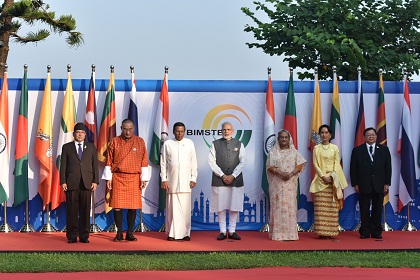 Courtesy: MEA/ Flickr
Courtesy: MEA/ Flickr
This regional grouping has to deliver on promises in collaboration with governments and corporate India so that neglected issues – from the Rohingya crisis to the scheduling of the next summit, and arriving at an agreement on the Free Trade Area – enter the national discourse
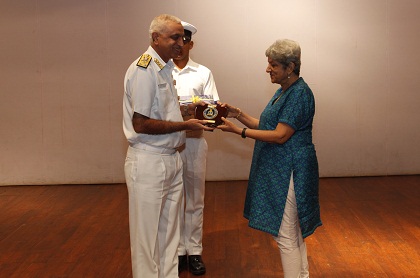 Courtesy: Western Naval Command
Courtesy: Western Naval Command
China has expanded its presence in the Indian Ocean Region. President Xi Jinping has abandoned Deng Xiaoping’s conciliatory posture for an aggressive, money-fuelled search for super power status
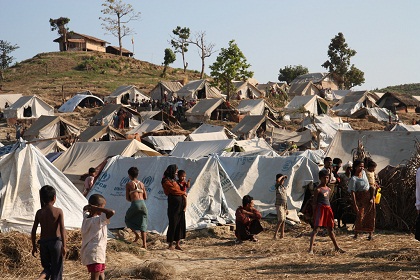 Courtesy: Flickr
Courtesy: Flickr
Prime Minister Modi’s visit to Myanmar gave the bilateral a substantive boost, but the exodus of over half a million Rohingya refugees dominated the discourse. India’s response has shown a balancing of compulsions, both humanitarian and strategic
 Courtesy: The Indian Railways Fan Club
Courtesy: The Indian Railways Fan Club
The Sikh and Punjabi community of Sion-Koliwada Camp, Mumbai, hailed mostly from the Muslim-majority North West Frontier Province (NWFP), rather than undivided Punjab. They brought to their adopted city – and to India – a rich and varied cultural presence
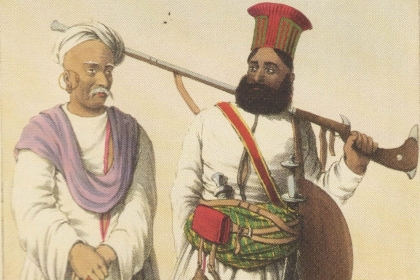 Courtesy: Archive.org
Courtesy: Archive.org
Many of the Hindu Sindhi refugees who fled to India post Partition succeeded in rebuilding their lives afresh, their native entrepreneurial spirit enabling them to rise up from the destitution that displacement caused. Ulhasnagar, Thane district, which was a refugee camp 70 years ago, is a microcosm of how the community rehabilitated itself--with the help of a well dispersed and generous Sindhi trading network
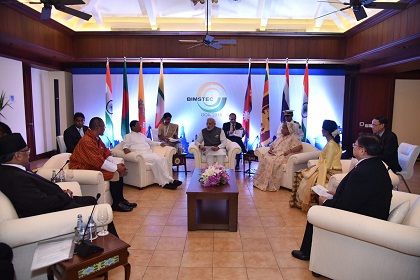 Courtesy: MEA/ Flickr
Courtesy: MEA/ Flickr
This regional grouping, which was envisioned as a potential bridge between SAARC and ASEAN, turns 20 on June 6. It achieved very little until last year, when efforts to revive its original mission began quite by accident. It has the potential to make greater strides if member states adhere to their commitments.
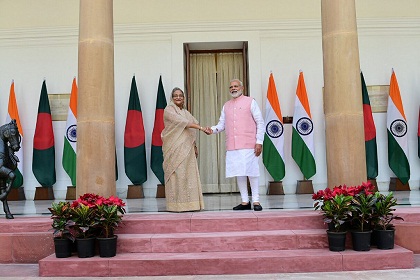 Courtesy: MEA/ Flcikr
Courtesy: MEA/ Flcikr
Sheikh Hasina’s visit to India earlier this week produced many tangible outcomes, but left some thorny issues unresolved, which may test the two nations’ political and diplomatic capabilities
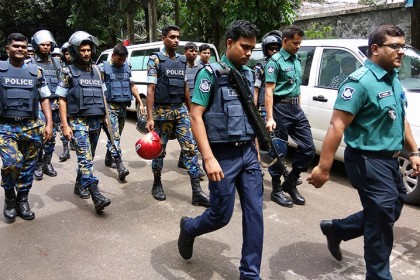 Courtesy: Reuters
Courtesy: Reuters
Bangladesh Prime Minister Sheikh Hasina will visit India beginning April 7 at a time when her country is confronted with Daesh-inspired terrorism. In the interests of regional stability, it is critical that the two countries maintain a united front against extremism